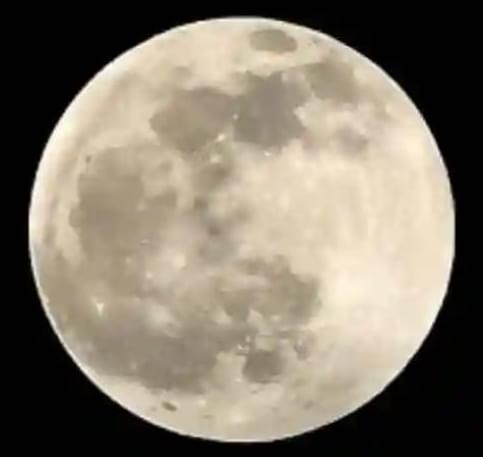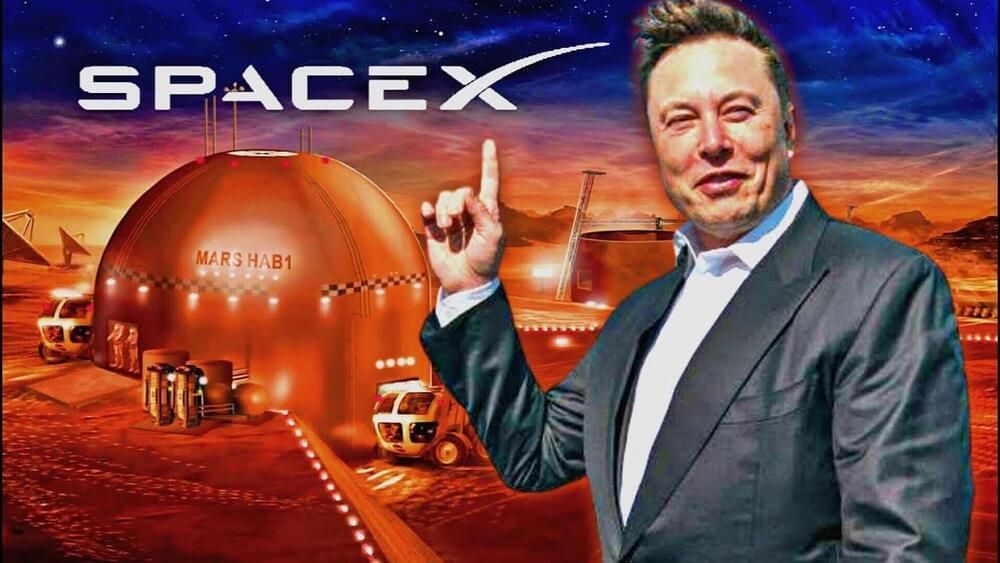Facebook has been rife with “Star Trek” Thanksgiving memes for the last week or more which in and of itself is puzzling. “Star Trek” is hardly the first thing that comes to mind when thinking about when commemorating the first harvest feast shared by this country’s Pilgrim colonists and local Native Americans.
But it’s reasonable to assert that “Star Trek” and Thanksgiving are at least tangentially linked since the latter is a celebration of home and hearth whereas “Star Trek” is a celebration of humankind’s exploration of the cosmos. Certainly, this time of year represents an ideal time of year to be thankful for home and shelter.
As for “Star Trek”?
The Facebook meme’s link to “Star Trek” reminds us that we should also celebrate our home planet during this time of thanksgiving. With each passing observation, extrasolar planet hunters using both ground-and space-based telescopes are teaching us that earthlike analogs are very few and far between.
Full Story:









